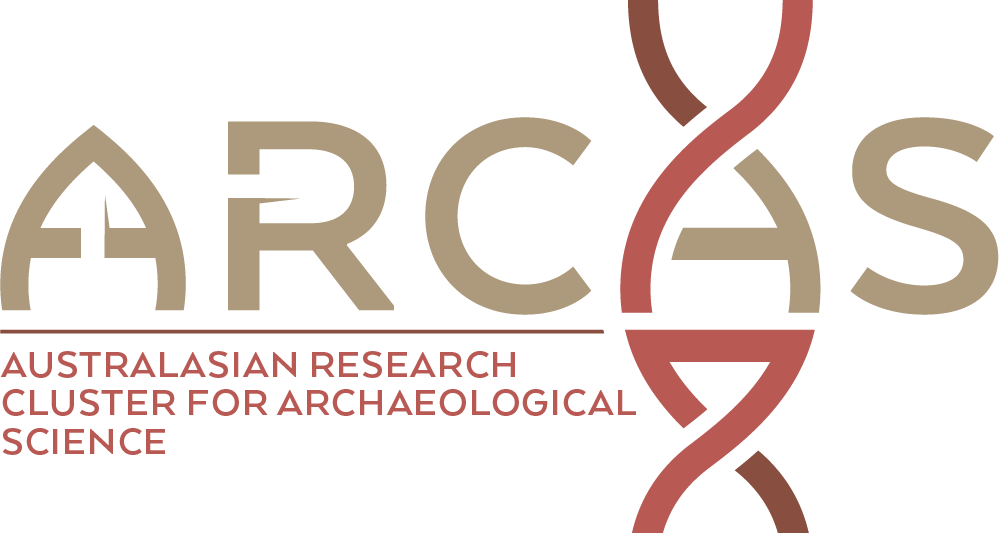Introducing visual neighbourhood configurations for total viewsheds
Publication date: August 2018Source:Journal of Archaeological Science, Volume 96 Author(s): Tom Brughmans, Mereke van Garderen, Mark GillingsThe Visual Neighbourhood Configurations (VNCs) approach is presented: a new approach for exploring complex theories of visual phenomena in landscapes by processing total viewsheds. Such theories most commonly concern the configuration of visual properties of areas around locations rather than solely the visual properties of the locations themselves. The typical approach to interpreting total viewshed results by classifying cell values is therefore problematic because it does not take cells’ local areas into account. VNC overcomes this issue by enabling one to formally describe area-related aspects of the visibility theory, because it formally incorporates the area around a given viewpoint: the shape and size of neighbourhoods as well as, where relevant, the structure and expectation of visual property values within the neighbourhood. Following a brief review that serves to place the notion of the VNC in context, the method to derive visual neighbourhood configurations is explained as well as the VNC analysis tool software created to implement it. The use of the method is then illustrated through a case-study of seclusion, hiding and hunting locales afforded by the standing stone settings of Exmoor (United Kingdom).
